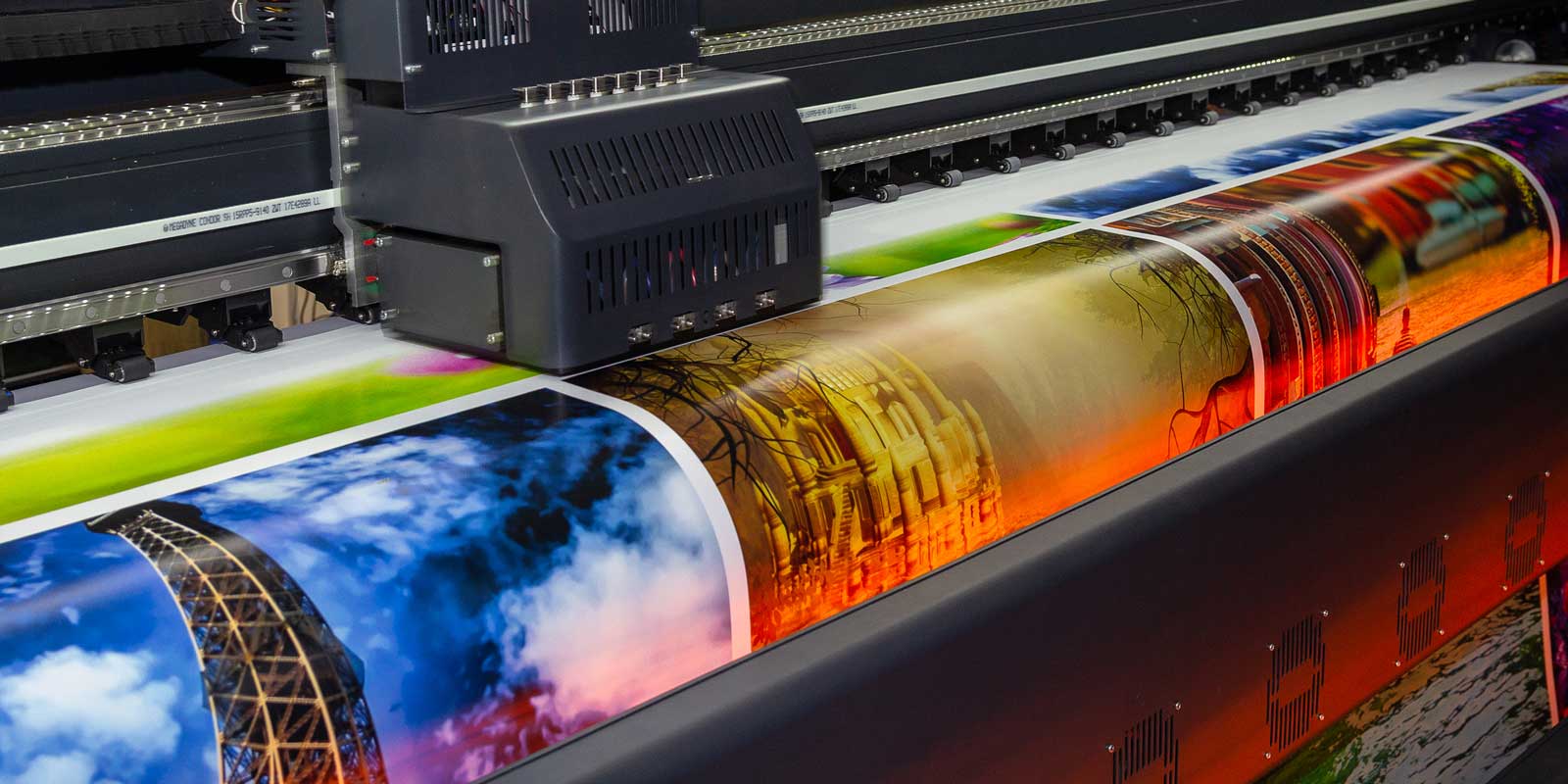Sometimes there is some confusion on the two. A while back someone asked me about the resolution of our printers and if they should have their image resolution the same as the printer’s resolution or if they will get better results in print if their digital image file is greater than 300 pixels per inch.
We use various types of printers depending on the type of prints being used but all are newer models therefore print at a high print resolution. In many instances you can’t even tell the printing is are from droplets of ink.
Even if you were to consider one of our older models of printers like an Epson 9880, depending on the paper requirements and settings it had the ability to print at resolutions of 2880 x 1440 per square inch. This is really good and Epson still prints at these high resolutions. Back in the old days of inkjet printing when 300×300 was jaw dropping, you can imagine how many photographers and artists who love to do their own printing would salivate at the opportunity to print with this kind of quality. I know because I was one of them. But the question which was asked was if it recommended that the person provide images having a resolution that will match the printer.
Understand, resolution in printing and resolution with digital files are two very different things. Most importantly you must understand it is not a one to one correlation. A good analogy is printer resolution is a mob. Digital resolution is a parade.
Printer Resolution is a Chaotic Mess
While that 2880×1440 is how many droplets of ink the printer is capable of placing within a one inch square at it’s finest settings, that many droplets will not always be used for every square inch. These printers also spray a pattern of ink droplets at various densities (one on top of the other). If you were to magnify it would look like a chaotic mess of ink droplets, much of them overlaying each other to get the shades necessary?

Example – Inkjet Drop Pattern
Digital Resolution is a Structured Grouping
With a digital image, the resolution is different since it is based on pixel count. Sometimes people use the term dots per inch (DPI) to refer to a digital file’s resolution based on its intended print size but the more correct term should be pixel per inch (PPI). In professional printing of people’s artwork and photographs, we like images to be somewhere in the neighborhood of 150 to 300 ppi. This is how many pixels you would have for every inch across and every inch down. In actuality we would be referring to 150×150 or 300×300 pixels for every printed inch.

Example – Digital Image Pixel Pattern
So why not tell that person to make the image 2880×1440 pixels per intended printed inch?
Well for starters, pixels are little squares of color, lined up, row by row and column by column. There is no one to one overlap. If you wanted to get the same resolution as the printer you would have to make your image 2880×2880 or 1440×1440 pixels for every square inch.
That sounds like that should help the printer, right? Well no. The reason again is the consistency of a digital image file’s pattern. Regardless of the color, the same numbers of pixels are present for every inch. This is very unlike the chaotic dots of ink described above so you won’t get a drop of ink sprayed on the paper for each pixel. Plus, not every inch of the print will require the same amount of ink droplets. An area with some lighter shades may require less ink then darker areas so the droplets are sprayed at a lesser rate or less densely.
Finally, anything 2880×2880 pixels per intended printed inch is simply ridiculous. There is absolutely no advantage to having an image with a resolution that high. All it does is make your image larger than it needs to be with no improvement in print quality. The naked eye is lucky to be able to discern the difference between an image submitted at 150 pixels per inch so going higher than 300 makes little sense.
Order HD Chromaluxe® Metal Prints
Print your artwork or photography as custom-size metal prints. Using the dye-sublimation process, your image is fused to the surface of rigid aluminum panels. These provide a modern look when decorating your home or office. Choose from multiple metal surface options. Order it framed, with a float wall mounting or even with a tabletop easel back.

